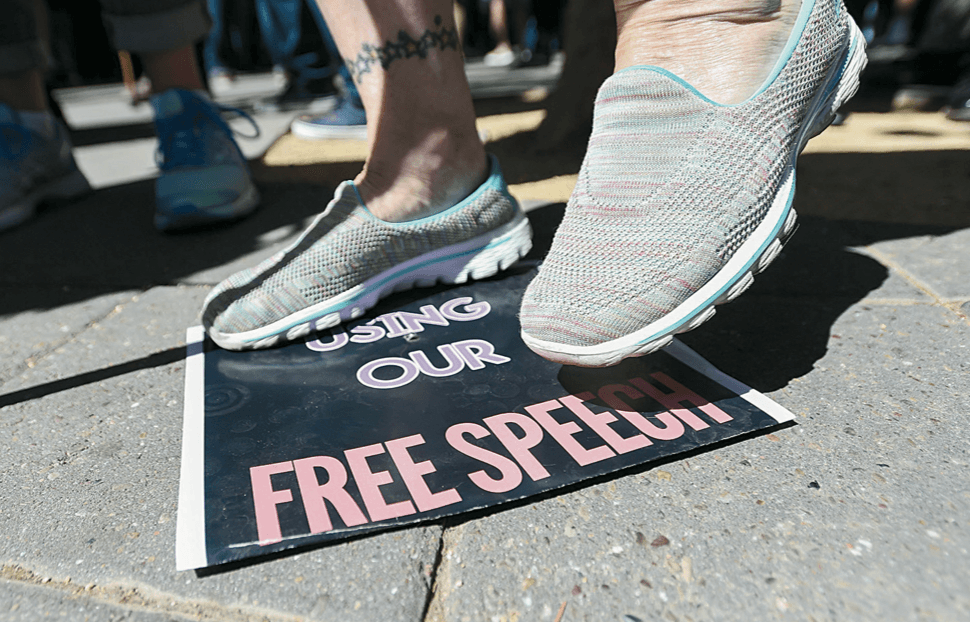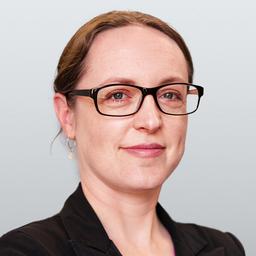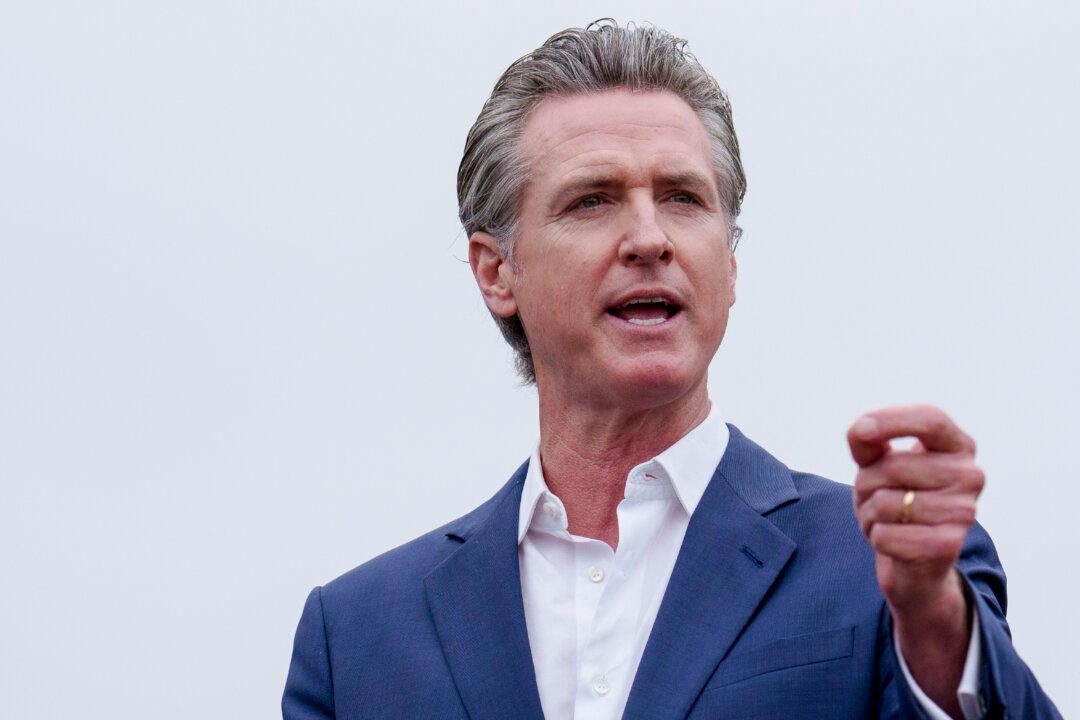David Horowitz’s latest book “Dark Agenda“ explores what he calls the left’s calculated efforts to create a godless society through a ”war against America and its founding principles.”
In “Dark Agenda,” Horowitz dives into our country’s history, leading us to the current political climate by marking specific examples of recent movements and events in society that demonstrate how we got here.






